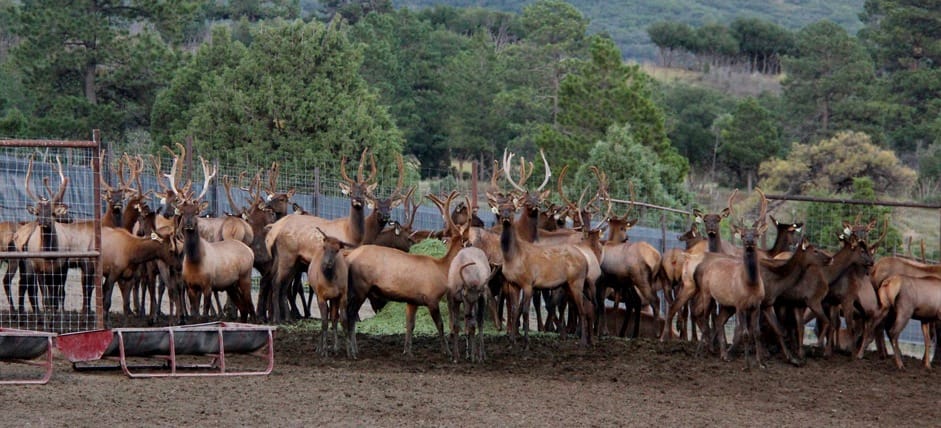Cattleization of Wild Deer Poses Unknown Risks

The Texas Wildlife Association is, by far, the leading advocate and source of private property solutions to preserve wildlife and habitat, in the State of Texas. TWA has long opposed privatization of deer.
“TWA supports public ownership of wildlife resources . . . and opposes efforts that result in conversion of Texas wild deer to private ownership.”
Whitetail Fawns in South Texas High-Fenced Deer-Breeding Pens
These following comments reflect our own points of view. These are not necessarily in alignment with TWA’s, or with some of our neighbors.
This is a very difficult issue, and one in which there are two basic views which are to some extent in conflict with each other:
- Deer are a public resource and nothing should be done to deer that damages the herds or its value to the public.
- Management of deer is a property rights issue.
These two positions are not easily reconciled. Beyond the theoretical and philosophical position that deer are rightfully the property of the public, there is the undeniable fact that many landowners’ deer management programs are damaging the herd.
The genetic manipulation of deer herds is creating unknown problems which history teaches us are damaging wildlife and habitat. Most people think of desirable deer as having large antlers. In pursuit of high-scoring deer, herds are routinely culled of animals with smaller antlers, and now with the high fenced breeding programs, deer are being line bred through successive generations.
Line breeding and culling are but two examples of genetic manipulation of the herd. These manipulations occur with only one variable in mind: antler size. Animals being manipulated ultimately are released back into wild stock, including those behind high fences which sooner or later escape. We have no idea what the genetic manipulations are doing to the viability of the wild herd.
The experience of our own species has taught societies to forbid marriage between parents and children, and between siblings: such unions are well understood to produce defective offspring. Why should deer be any different than people?

High fenced deer are ineligible for inclusion in Boone & Crockett scores. B & C views high fences as violating ethical hunting under Rules of Fair Chase. Out-of-state deer hunters increasingly scorn such hunts as “artificial” and in consequence they sell at a discount to wild deer hunts.
There is considerable pressure to start breeder programs among West Texas mule deer. West Texas mule deer move across hundreds of thousands of acres. The genetic manipulation of the herd including drastic culling by any particular owner will affect the herd across huge areas.
These manipulations are being contemplated without any understanding of the secondary effects on the health of these animals in the wild, or consultation with neighbors.
I am very sympathetic to the difficulties faced by south Texas landowners whose neighbors like our own in West Texas (including TPWD) will not participate in collective management of the herd across large areas. I fully understand why landowners feel that the only way that they can create trophy deer on their properties is to build high fences and proceed with feeding, culling and breeding programs.
As Dale Rollins, Dean of Texas Quail Biologists observes “You are free to choose your practices, but, not your consequences.” Feeding and genetic manipulation of the herd is damaging both the wildlife and its habitat. And although landowners engaged in such activities may rationalize that they are only managing their own animals, the fact is that they are affecting the entire herd in unknown ways with unknown consequences; experience in tampering with nature teaches that such actions always turn out to do long-term damage to wildlife and habitat.
Please take a moment and read the article below:

